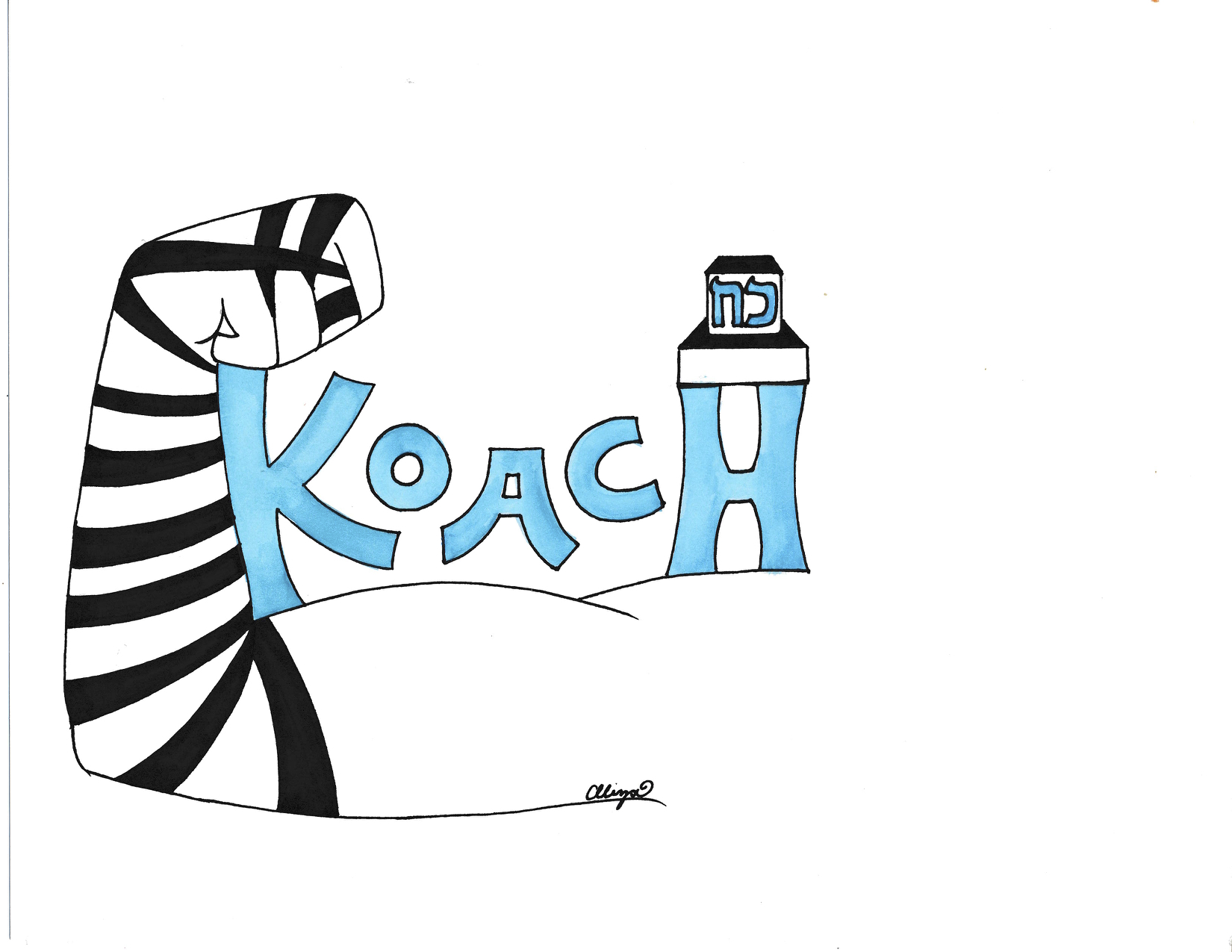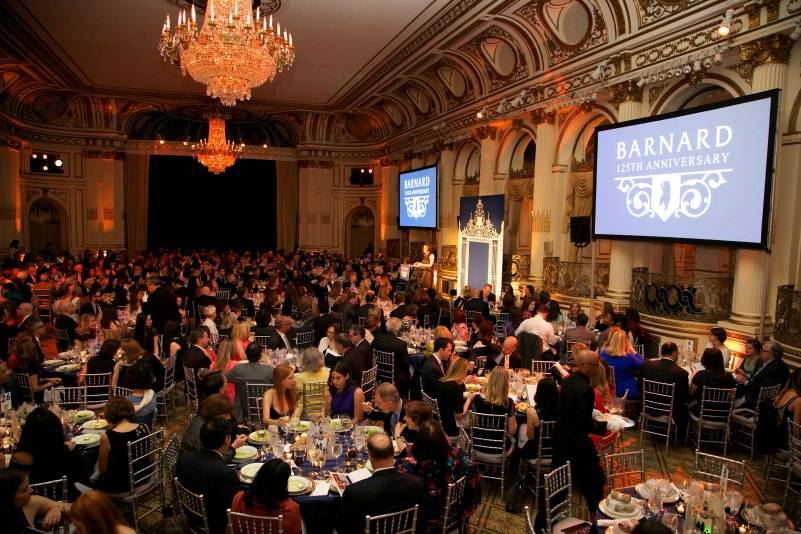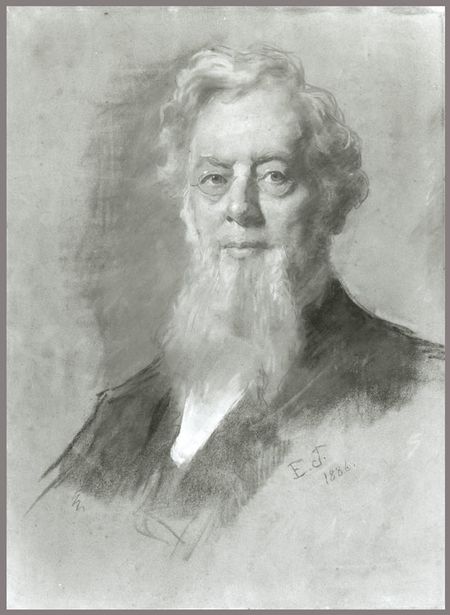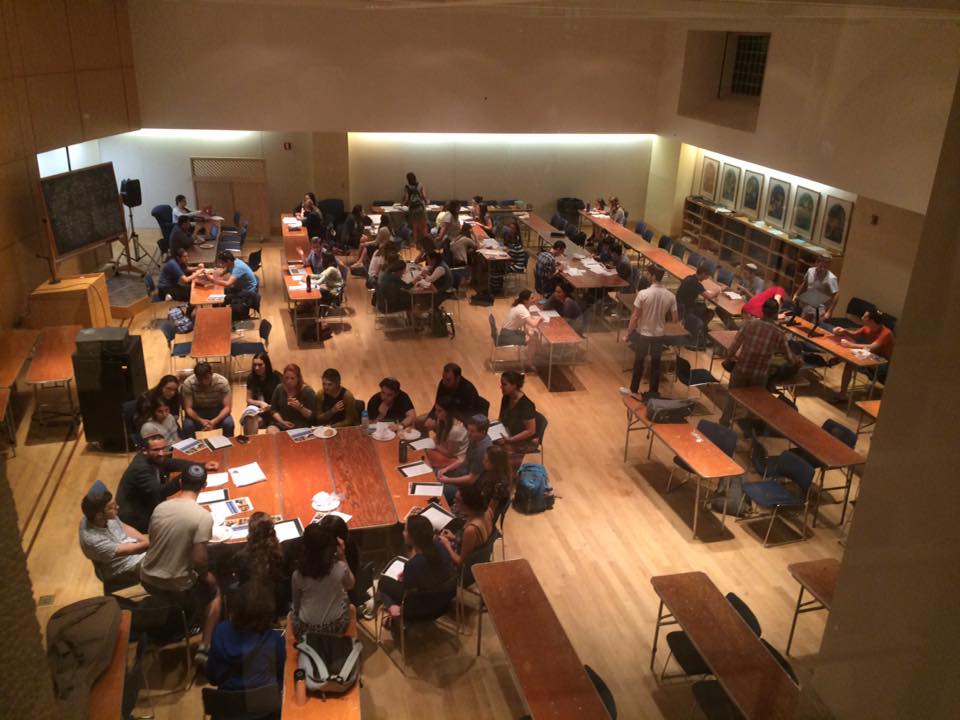Billy HathornBarnard College is a private undergraduate women's college in New York, New York. It is one of the prestigious and highly selective Seven Sisters schools of the northeastern United States. The college was founded in 1889, when it became part of the Columbia University system; it holds the status of independent affiliate.
The relationship gives students from both campuses access to the other's courses, libraries, and activities. Barnard, however, has its own board, administration, endowment, and faculty. The two institutions are located on adjacent properties in Manhattan's Upper West Side. The name Barnard honors Frederick Barnard, who was president of Columbia University at the time of the college's founding. The college enrolls more than 2,000 students and awards bachelor's degrees.
It emphasizes interdisciplinary education and allows students flexibility in designing a course of study. Barnard has extensive offerings within the liberal arts and sciences. Programs are also conducted in such disciplines as computer science, dance, music, theater, architecture, area and ethnic studies, psychology, sociology, education, and environmental science.
Dual-degree programs with Columbia enable students to study international affairs, public administration, engineering, law, and dentistry. Qualified students can also take courses at the Juilliard School, the Manhattan School of Music, and the Jewish Theological Seminary. Barnard College is a highly selective liberal arts college for women located in the Morningside Heights neighboorhood of Upper Manhattan. Columbia University is located directly across the street, and the two schools share many resources. Barnard and Columbia students can take classes at both schools, share the holdings of the 22 affiliated libraries, and compete in the joint athletic consortium.
But unlike the now-defunct Harvard / Radcliffe relationship, Columbia and Barnard have separate financial resources, admission offices, and staffing. In response to Columbia University's refusal to admit female students, Barnard College was founded in 1889 as the only New York City College available to women. Columbia eventually became a coeducational university, but Barnard continues to persevere as a prestigious women's academic institution.
Today, Barnard is dedicated to empowering and rigorously educating women who often go on to become global leaders. The College is deeply committed to the liberal arts, and offers students a wide range of majors, minors, interdisciplinary fields of study, research opportunities, and international travel programs. Through the College's partnership with Columbia University, students from both institutions have access to the intimate education of a small liberal arts school and the resources of a significantly larger research-driven university. The Columbia-Barnard affiliation continued, however, despite Columbia College's decision.
As of 2012 Barnard pays Columbia about $5 million a year under the terms of the "interoperate relationship", which the two schools renegotiate every 15 years. Despite the affiliation Barnard is legally and financially separate from Columbia, with an independent faculty and board of trustees. It is responsible for its own separate admissions, health, security, guidance and placement services, and has its own alumnae association.
Nonetheless, Barnard students participate in the academic, social, athletic and extracurricular life of the broader University community on a reciprocal basis. The affiliation permits the two schools to share some academic resources; for example, only Barnard has an urban studies department, and only Columbia has a computer science department. Most Columbia classes are open to Barnard students and vice versa. Barnard students and faculty are represented in the University Senate, and student organizations such as the Columbia Daily Spectator are open to all students. Barnard students play on Columbia athletics teams, and Barnard uses Columbia telephone and network services.
Barnard students play on Columbia athletics teams, and Barnard uses Columbia email, telephone and network services. There was an evening school called University Extension, which taught night classes, for a fee, to anyone willing to attend. Within the same year, the Division of Special Programs—later the School of Continuing Education, and now the School of Professional Studies—was established to reprise the former role of University Extension. While the School of Professional Studies only offered non-degree programs for lifelong learners and high school students in its earliest stages, it now offers degree programs in a diverse range of professional and inter-disciplinary fields.
Is Barnard Prestigious Annual gifts, fund-raising, and an increase in spending from the university's endowment have allowed Columbia to extend generous financial aid packages to qualifying students. On April 11, 2007, Columbia University announced a $400 million donation from media billionaire alumnus John Kluge to be used exclusively for undergraduate financial aid. The donation is among the largest single gifts to higher education. As of 2008, undergraduates from families with incomes as high as $60,000 a year will have the projected cost of attending the university, including room, board, and academic fees, fully paid for by the university. That same year, the university ended loans for incoming and then-current students who were on financial aid, replacing loans that were traditionally part of aid packages with grants from the university.
However, this does not apply to international students, transfer students, visiting students, or students in the School of General Studies. In the fall of 2010, admission to Columbia's undergraduate colleges Columbia College and the Fu Foundation School of Engineering and Applied Science began accepting the Common Application. The policy change made Columbia one of the last major academic institutions and the last Ivy League university to switch to the Common Application. Simply put, Barnard is institutionally independent, while academically and socially linked to Columbia.
Institutionally, Barnard has its own board of trustees which oversees the school's operation, its own endowment, its own faculty, its own campus (Columbia does not share ownership of any of Barnard's campus buildings), and its own administration. There are few freebies between the school- Barnard has to pay Columbia for access to utilities, the libraries, and other facilities such as Lerner. Columbia University does not handle admissions for Barnard, nor does it spend money on or collect money from Barnard students. Nevertheless, both student bodies typically benefit in some manner when either school spends money, as the schools tend to keep student programming open to all undergraduates, though this is not always the case. Barnard is one of a handful of outstanding colleges exclusively for women.
The entrance standards at Barnard are very tough, but the Admissions process is definitely less competitive than Columbia's. For example, though Barnard matriculates about 550 students per year, it admits 23% of its applicants. Now once enrolled, Barnard and Columbia seemingly intersect everywhere. Note that they do NOT share dorms, but the Freshman orientation program is completely co-mingled.
So yes, I would probably recommend that a student who is in love with Columbia, but not quite qualified to be in the top 25% of the Columbia applicant pool look seriously at Barnard. They are both elite with incredible and strong alumni networks . For those who qualify (academically and 'financially) and fit , either school is a winner. Enjoying the Barnard experience, for me, was a lot about enjoying the feeling of living in New York, particularly in a more subdued neighborhood like Morningside Heights (not as busy and over-stimulating as, say, the neighborhood around NYU). I liked the balance between having an entire city at my doorstep and having the quiet, intimate retreat of the Barnard campus to come back to. The campus is physically very small, but it doesn't feel this way, because you have access to space, activities, and resources across the street at Columbia.
One potentially uncomfortable aspect of going to Barnard is the ambiguous relationship between Barnard and Columbia, which the administration does a pretty poor job of defining. When I tell people I went to Barnard, I often get the question, "Oh, so, is that like, the same thing as Columbia?" The answer I give them is no, it's not, it is its own college with its own philosophy of higher education. But, being affiliated with Columbia University, it offers students the opportunity to take Columbia courses, participate in Columbia student groups, use the Columbia libraries, and just hang out on the Columbia campus. The way I see it, every student can choose her own balance between Barnard and Columbia life and find some satisfying meeting point between the two worlds. A year of education at Barnard in New York City costs $78,044, which includes $57,668 in tuition and $20,376 in miscellaneous expenses such as books and on-campus accommodation and board. Barnard College, part of Columbia University, is a New York City-based private liberal arts college for women.
Women at Barnard College can experience two extremes of learning small, liberal arts school and a large, coeducational Ivy League institution—all the while relishing an urban lifestyle in New York City. It's a great liberal arts college focused on goal oriented women's success. All of the administration wants to help and be accessible to the students.
Barnard students, for the most part, while having a competitive edge, want to help each other. People think it's great when you tell them you go to Barnard, although initially between Columbia College Students and Engineering students, there may be a little tension. I don't spend all of my time on campus, there's lots to do in the city, and I view seeing the city as part of my education. Having remained a small institution until the mid-nineteenth century, Columbia began a period of expansion during the administration of Charles King. In 1857, it moved to a site at Forty-seventh Street and Park Avenue; it established a School of Law in 1858 and a School of Mines in 1864. During the presidency of Frederick A. P. Barnard, the college became one of America's first major universities.
The Graduate School of Arts and Sciences began operating in 1880, the School of Architecture in 1881, the School of Library Service in 1887, the School of Nursing in 1892, and the School of Social Work in 1898. In 1896, the institution declared itself a university, and in 1897, it formally moved to Morningside Heights on the Upper West Side of Manhattan. The centerpiece of the new rectangular campus became Low Memorial Library, a classical Roman building with Grecian detail. Other buildings were designed in the Italian Renaissance style by McKim, Mead and White. It's likely no surprise that Ivy League-level colleges and universities would borrow a little "ivy" to use in their own names.
These similarly prestigious groups of institutions include public schools, small liberal arts colleges, and other lesser-known, top-tier schools. Columbia University is a private university located on the island of Manhattan in New York City that offers undergraduate to graduate degree programs. Known as one of the Ivy League colleges, it is the sixth oldest university in the U.S. I transferred to Barnard College, which is a liberal arts women's college within Columbia University. Joint degree programs are available through Union Theological Seminary, the Jewish Theological Seminary of America, as well as through the Juilliard School. Teachers College and Barnard College are faculties of the university; both colleges' presidents are deans under the university governance structure.
The Columbia University Senate includes faculty and student representatives from Teachers College and Barnard College who serve two-year terms; all senators are accorded full voting privileges regarding matters impacting the entire university. Teachers College is an affiliated, financially independent graduate school with their own Board of Trustees. Pursuant to an affiliation agreement, Columbia is given the authority to confer "appropriate degrees and diplomas" to the graduates of Teachers College. The degrees are signed by presidents of Teachers College and Columbia University. Columbia's General Studies school also has joint undergraduate programs available through University College London, Sciences Po, City University of Hong Kong, Trinity College Dublin, and the Juilliard School. "Small liberal college in the best city in the world with all the perks of a big university across the street," is exactly what admissions office will tell you and they're right.
If you love the city, but still want a campus that feels like home... If you want to be surrounded by the most intelligent, driven women you'll ever meet in your life... If you want all the resources of a huge university, but the care and attention of a small school... If you want a solid liberal arts base, but the opportunity for great work experience during your time in college... If you want to feel like you're part of a greater legacy and network of alumnae... After a difficult financial period during the 1970s, Columbia returned to strength under the administration of Michael Sovern.
He instituted a renewal program that included the creation of 120 endowed professorships. In 1983, Columbia College admitted women for the first time and applications from both male and female students soon increased markedly. In 1993, George Rupp became Columbia's eighteenth chief executive officer. His administration was characterized by a doubling of Columbia's applicant pool and unprecedented success at fund-raising. By the early years of the twenty-first century, the university had enrolled more than twenty-thousand full-time students; with its affiliates Barnard College and Teachers College, the total stood at about twenty-seven thousand.
It included sixteen schools, dozens of distinguished academic departments, and more than seventy venues for specialized research. Columbia College, however, continued to have the smallest undergraduate enrollment in the Ivy League at four thousand. Lee Bollinger became the nineteenth president of Columbia University on 1 July 2002.
The Public Ivies aren't the only schools compared with the Ivy League. The "Little Ivies," which consist of private liberal arts colleges, offer both academic rigor and selective admissions similar to that of the Ivies and Public Ivies. The majority of Columbia's graduate and undergraduate studies are conducted in Morningside Heights on Seth Low's late-19th century vision of a university campus where all disciplines could be taught at one location. The campus was designed along Beaux-Arts planning principles by the architects McKim, Mead & White. Columbia's main campus occupies more than six city blocks, or 32 acres , in Morningside Heights, New York City, a neighborhood that contains a number of academic institutions.
The university owns over 7,800 apartments in Morningside Heights, housing faculty, graduate students, and staff. Almost two dozen undergraduate dormitories (purpose-built or converted) are located on campus or in Morningside Heights. Columbia University has an extensive tunnel system, more than a century old, with the oldest portions predating the present campus.
Some of these remain accessible to the public, while others have been cordoned off. It is a liberal arts college but because of Columbia across the street Barnard students get both a small community and a larger university. And in all honesty, Barnard truly does feel like a little more independent undergraduate college of Columbia University, it's a pretty close relationships.
It's rare to find a Barnard student who doesn't express what she feels articulately in a class. Barnard is amazing because it is a small liberal arts college with an abundant of resources, services, and support. It gives students the best of both worlds- a huge research university experience and a small student-centered liberal arts college experience.
The community on campus is warm and welcoming, and the intellectual debate and dialogue is rigorous and stimulating. There is a ton of school pride, and most students are thrilled to be here and love it. The administration tries to be open, transparent, and available to the student body. Right now we are transitioning to welcome our new president, which may change how the administration operates.
Some people recognize that it is affiliated with Columbia University, but many of those who do don't know that it's right across the street. I definitely feel like Barnard has a campus, and you are either on or off it. The Barnard campus feeling for me is so strong that being on Columbia's campus warrants a distinction despite the close proximity; I am at Columbia, not on campus. The big picture is that Barnard is an all women's college in the middle of New York City. It's small, but you still get the big city atmosphere by just stepping out of the gates.
You get the comfort of a school really dedicated to helping women be successful and you get to use all the resources of Columbia University. There is a lot of pride at Barnard and I don't see why there shouldn't be. It is discouraging sometimes when people ask me where I go to College and when I tell them they don't even know or they reply by saying, "You go to an all women's college?!?!" But I just set them straight.




























